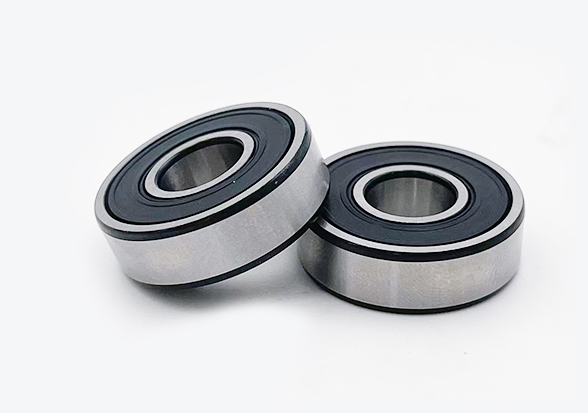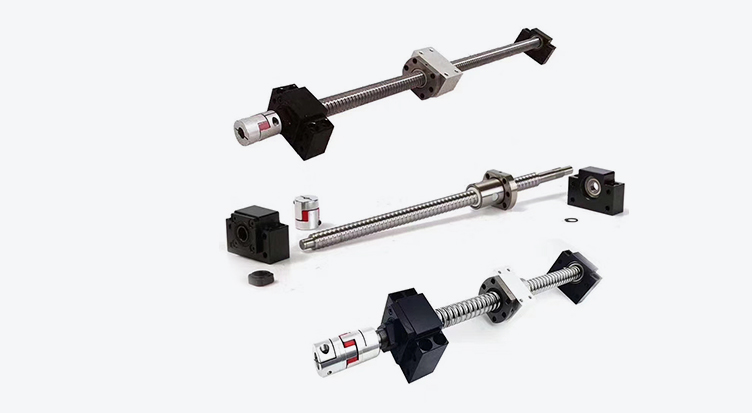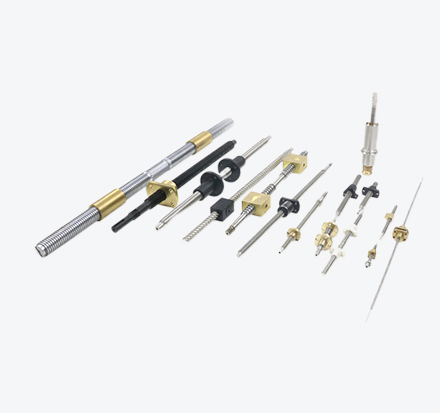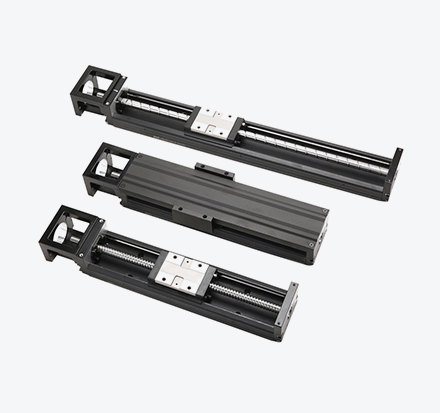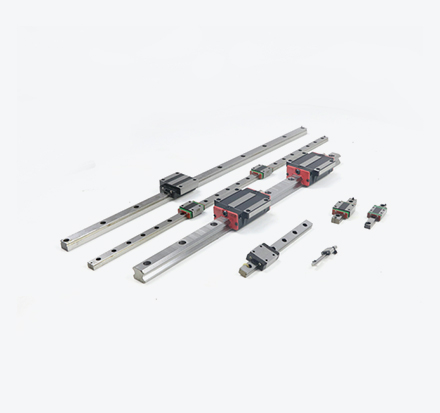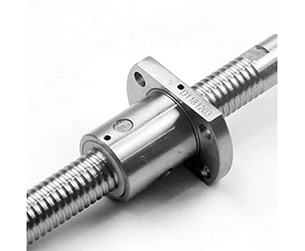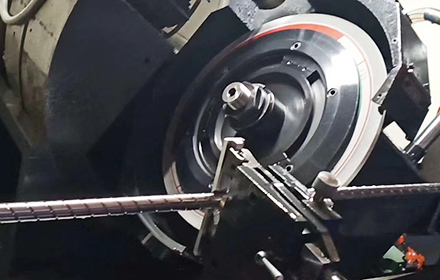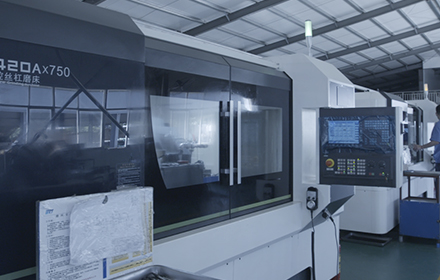Flanged nut, also known as gasket nut, toothed nut, hexagonal flange nut, flange face nut, etc. Because the flange nut has a toothed circular flange surface at one end, it can be used as an integrated washer, so how to use the flange nut?
1. Introduction of flanged nuts
Flanged nuts are mostly used for pipe connections or workpieces that need to increase the nut contact surface. A flange nut is a nut with a wide flange on one end that acts as an integral washer. This serves to distribute the pressure of the nut over the part being fastened, reducing the possibility of damage to the part and making it less likely to loosen due to uneven tightening surfaces. These nuts are mostly hexagonal in shape and are made of hardened steel, usually plated with zinc. The flanged nut and the general hexagon nut are basically the same in size and thread specification, but compared with the hexagon nut, the gasket and the nut are integrated, and there are anti-skid tooth patterns on the bottom, which increases the nut and the workpiece. Compared with the combination of ordinary nut and washer, it is firmer and has greater tensile force.
Flanged nuts sometimes feature rotating flanges that help create a more stable structure without affecting the finished product like serrated flanged nuts. Swivel flanged nuts are mainly used to join wood and plastic. Sometimes both sides of the nut are serrated, allowing either side to lock. Generally, the specifications of common flanged nuts are generally below M20. Because most flanged nuts are used on pipes and flanges, they are restricted by the workpiece, and the specifications of flanged nuts are smaller than those of nuts. Some flanged nuts above M20 are mostly flat flanges, that is, there is no tooth pattern on the flange surface. Most of these nuts are used in some special equipment and special places.
2. How to use flanged nuts?
When using a flange nut, first find the hole where the nut can be installed, then insert it into the hole location, then slowly turn clockwise until it is tight. Of course, after tightening, you can check if the position is fixed, if not, you can adjust it again. The flange nut is usually used in conjunction with the connecting angle of the aluminum profile, and combined with the T-bolt, it can realize the rapid ball screw nut assembly of the frame structure; the flange nut has a certain rotation performance, which can effectively avoid the loosening of the connection point in the later use process. Bolts should be used together with flanged nuts. Bolts are used together with flanged nuts, so that the flange nut has a large tightening contact area, is easier to use than other nuts, and has a better anti-loosening effect.
 English
English
